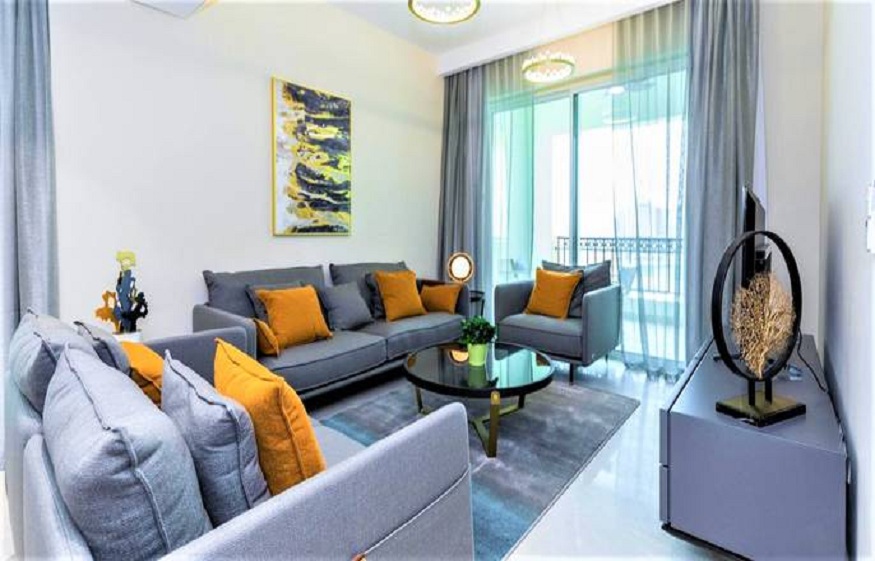The FIFA World Cup 2022 was a turning point for Qatar, not only in terms of global recognition but also in how the country’s real estate market evolved. The event attracted an unprecedented number of visitors, temporary workers, and international companies, driving rental demand to record highs. Landlords and property developers benefited from a surge in short-term leases, and many neighborhoods experienced rapid growth to accommodate the influx. However, once the tournament concluded, the dynamics of Qatar’s rental market began to change. The shift in demand patterns highlights how the country is transitioning from event-driven housing needs to sustainable, long-term real estate strategies.
During the tournament, properties for rent in Qatar were in exceptionally high demand, particularly short-term accommodations such as serviced apartments, villas, and Airbnb-style rentals. Landlords capitalized on this by increasing rental rates, often targeting visitors who only needed housing for a few weeks or months. Once the World Cup ended, however, this temporary demand subsided, and the market began rebalancing. The focus shifted from short-term rentals to stable, long-term leases catering to expatriates, families, and corporate tenants.
Post-World Cup Market Stabilization
One of the most noticeable changes after the tournament was the stabilization of rental prices. The sharp spikes that characterized 2021 and 2022 were no longer sustainable once the influx of visitors decreased. While some landlords initially resisted lowering rates, the oversupply of properties—particularly in areas like Lusail and The Pearl—prompted adjustments. Rental prices are now more reflective of long-term demand, creating opportunities for expatriates seeking affordable housing options.
This stabilization has made the market more predictable, benefiting both tenants and landlords. Expats now find it easier to secure quality homes at reasonable prices, while property owners are focusing on building long-term relationships with tenants rather than chasing short-lived profits.
Rise in Corporate Leases
Corporate demand for rental properties has grown significantly since the World Cup. As international companies expand their presence in Qatar, many are securing villas and apartments for their staff through long-term corporate leases. This has helped offset the decline in short-term tourist-driven demand. Villas, in particular, have become popular among companies looking to house executives or employees with families, while furnished apartments remain the top choice for single professionals.
The emphasis on corporate leasing is reshaping the rental market by encouraging landlords to offer more flexible terms, premium furnishings, and inclusive service packages tailored to international standards.
Changing Tenant Preferences
The World Cup also left behind a lasting impression on tenant expectations. With visitors exposed to modern, high-quality developments during the tournament, the demand for properties with premium amenities has grown. Expats and long-term tenants now prioritize rentals with access to gyms, pools, concierge services, and proximity to metro stations or business districts.
Areas such as Lusail, which was heavily developed in preparation for the World Cup, continue to attract tenants looking for modern apartments and lifestyle-driven communities. Meanwhile, traditional neighborhoods such as Al Waab and West Bay Lagoon remain appealing for families seeking larger villas with privacy and green spaces.
Growth of Furnished Rentals
Another trend that gained momentum during the World Cup and continues today is the preference for furnished rentals. Many properties were outfitted with high-quality furniture to attract short-term tenants during the event. Post-World Cup, these furnished units are now catering to expatriates who prefer the convenience of ready-to-move-in homes.
Landlords offering well-furnished apartments and villas have a competitive advantage, as these units align with the needs of professionals on temporary assignments and families who prefer to avoid the costs of purchasing furniture. This trend reflects a long-term shift in the market toward convenience and lifestyle-driven housing solutions.
Impact of Infrastructure Development
The World Cup accelerated infrastructure projects such as the Doha Metro, highways, and urban developments in Lusail and Al Wakrah. These improvements have had a lasting effect on the rental market, making previously less accessible areas more attractive to tenants. Expats and locals alike are now considering properties outside of central Doha, where rental prices are often more competitive while still offering easy connectivity to business and lifestyle hubs.
This decentralization of demand is helping balance the market and distribute growth more evenly across the city and its suburbs.
Looking Ahead
The World Cup created a short-lived rental boom, but its legacy continues to shape Qatar’s real estate market in meaningful ways. Demand has shifted from inflated short-term rentals to a more balanced, long-term focus driven by expatriates, families, and corporate tenants. Landlords and developers who adapt to these evolving preferences—by offering flexible leases, furnished units, and properties in well-connected areas—are best positioned to thrive.
As Qatar continues to diversify its economy and attract global talent, the rental market is expected to remain strong. The emphasis on lifestyle, convenience, and affordability ensures that the post-World Cup real estate landscape will be more sustainable, catering not just to temporary visitors but to long-term residents who will shape the nation’s future.



